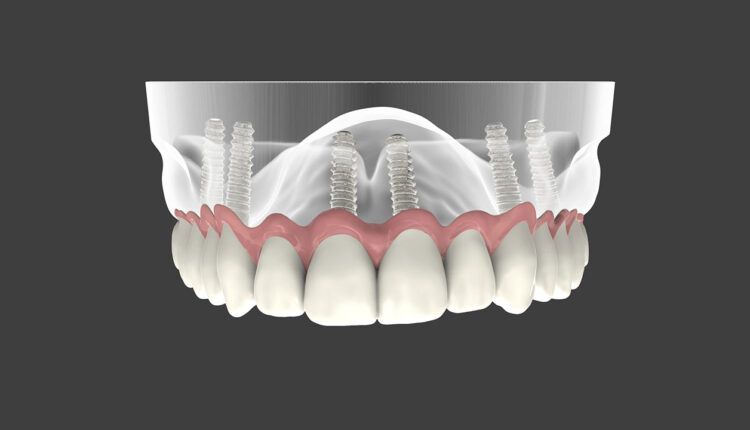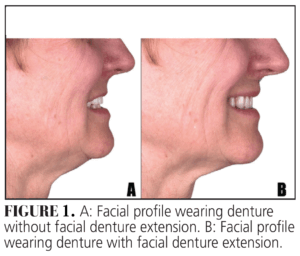
Precision Begins With Diagnosis
Accurate diagnosis is the cornerstone of predictable full-arch rehabilitation, especially in complex maxillary cases where anatomy, biology, and esthetics intersect. Through a combination of digital and physical diagnostic tools, clinicians can establish optimal tooth position, occlusal dimension, and facial support for superior functional and esthetic outcomes.
The first step in ensuring precision and efficiency in full-arch restoration is the diagnostic phase. Maxillary edentulous patient rehabilitation with implant-supported prostheses presents greater challenges compared to the mandibular arch due to anatomical constraints, biological considerations, and esthetic demands that influence prosthetic design, whether fixed or removable.1 The decision-making process requires careful assessment, beginning with the establishment of optimal teeth positions and an appropriate vertical occlusal dimension (VOD) in centric relation (CR) when necessary, regardless of maxillary or mandibular arch.2
If both parameters need to be determined, the fabrication of a conventional or digital diagnostic complete denture is typically the initial step in the diagnostic workflow. When the existing tooth position is deemed acceptable and a proper VOD in CR can be reliably recorded in terminal dentition, digital wax-ups can be generated using specialized software for virtual planning. However, whenever feasible, physical mock-ups or intraoral try-ins should be part of the diagnostic protocol to validate the proposed design.3
 Within this diagnostic phase, intraoral scanning (IOS), facial scanning, and digital photography are essential tools for comprehensive data acquisition. A key advantage of diagnostic dentures is the ability to assess the patient’s facial profile in different conditions without a prosthesis, with a diagnostic denture, and with a flangeless diagnostic denture (Figure 1). This sequential evaluation facilitates an objective determination of the necessity for facial support, a factor that significantly impacts the final prosthetic design and its esthetic and functional outcomes.
Within this diagnostic phase, intraoral scanning (IOS), facial scanning, and digital photography are essential tools for comprehensive data acquisition. A key advantage of diagnostic dentures is the ability to assess the patient’s facial profile in different conditions without a prosthesis, with a diagnostic denture, and with a flangeless diagnostic denture (Figure 1). This sequential evaluation facilitates an objective determination of the necessity for facial support, a factor that significantly impacts the final prosthetic design and its esthetic and functional outcomes.
References
- Sadowsky SJ, Fitzpatrick B, Curtis DA. Evidence-based criteria for differential treatment planning of implant restorations for the maxillary edentulous patient. J Prosthodont. 2015;24:433-446.
- Sadowsky SJ, Hansen PW. Evidence-based criteria for differential treatment planning of implant restorations for the mandibular edentulous patient. J Prosthodont. 2014;23:104-111.
- Papaspyridakos P, Bedrossian A, De Souza A,Bokhary A, Gonzaga L, Chochlidakis K. Digital workflow in implant treatment planning for terminal dentition patients. J Prosthodont. 2022;31:543-548.
This originally appeared in Nagai T, AlQallaf H. Precision planning in full-arch implant rehabilitation. Decisions in Dentistry. 2025;11(4):32-35.

